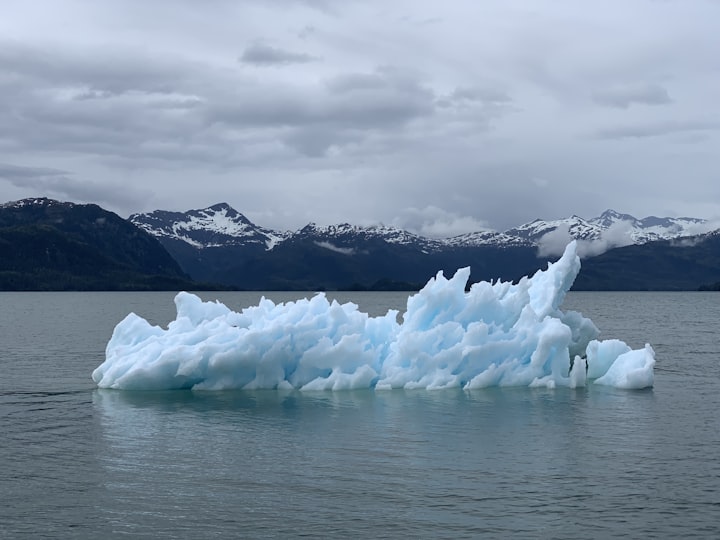10 Amazing Facts About the Earth That Will Make You Appreciate It More
Amazing facts about Earth

Earth is our home planet, the only one in the solar system that supports life. But how much do we really know about this amazing world? Here are 10 facts about the Earth that will make you appreciate it more.
1. Earth is the third planet from the sun and the largest of the terrestrial planets. It is the only planet in our solar system not named after a Greek or Roman deity . It is also the only planet confirmed to have liquid water on its surface.
2. Earth is about 4.5 billion years old, making it one of the oldest planets in the solar system. By studying rocks on Earth and meteorites that have fallen from space, scientists have calculated its age. Earth has witnessed many changes over its long history, from volcanic eruptions to ice ages to mass extinctions.
3. Earth orbits the sun at a speed of 67,000 miles per hour, which means it travels around 584 million miles in one year. It takes 365 days (one year) for Earth to complete one full orbit. The distance between Earth and the sun varies slightly during its orbit, from about 91 million miles in January to about 94 million miles in July.
4. Earth has seasons because it is tilted on its axis. The axis is an imaginary line that runs through the center of the planet from the North Pole to the South Pole. The tilt is about 23.4 degrees, which means that different parts of Earth receive different amounts of sunlight during its orbit. This causes variations in temperature and daylight hours throughout the year.
5. Earth rotates on its axis once every 24 hours, which gives us day and night. As Earth spins, one half of the planet faces the sun and experiences daylight, while the other half faces away and experiences darkness. The rotation also causes a phenomenon called the Coriolis effect, which makes winds and ocean currents curve to the right in the Northern Hemisphere and to the left in the Southern Hemisphere.
6. Earth is not a perfect sphere, but rather an oblate spheroid, which means it is slightly flattened at the poles and bulges at the equator . This shape is caused by Earth's rotation and gravity, which pull more mass towards the center of the planet. The equatorial diameter of Earth is about 7,926 miles, while the polar diameter is about 7,900 miles.
7. Earth has a powerful magnetic field that protects it from harmful solar radiation and cosmic rays. The magnetic field is generated by electric currents in the liquid outer core of Earth, which is made of molten iron and nickel. The magnetic field also creates two regions called the north and south magnetic poles, which are slightly different from the geographic poles. A compass needle points towards the magnetic north pole, which currently lies in northern Canada.
8. Earth has one natural satellite, which we call the moon. The moon orbits Earth at an average distance of about 239,000 miles, and it takes about 27 days to complete one revolution. The moon also rotates on its own axis at the same rate as it orbits Earth, which means we always see the same side of it. The moon affects Earth in many ways, such as creating tides, stabilizing its tilt, and reflecting sunlight at night.
9. Earth has a thin layer of gas called the atmosphere that surrounds it and makes life possible . The atmosphere consists mostly of nitrogen (78%) and oxygen (21%), with traces of other gases such as argon, carbon dioxide, and water vapor. The atmosphere protects Earth from extreme temperatures, meteoroids, and harmful radiation from space. It also enables weather phenomena such as clouds, rain, snow, and wind.
10. Earth is home to millions of species of living organisms, including humans. Life on Earth is diverse and adaptable, ranging from microscopic bacteria to giant whales, from polar bears to penguins, from cacti to orchids. Scientists estimate that there are between 8.7 million and 10 million species of animals, plants, fungi, and protists on Earth, but only about 1.2 million have been identified so far.
These are just some of the amazing facts about the Earth that will make you appreciate it more. Earth is a unique and wonderful planet that we should cherish and protect. After all, it's the only home we have.
About the Creator
Ameer Muavia
I turn words into magic: As a content writer, I have a way with words that brings your brand to life. Let's make some magic together.






Comments
There are no comments for this story
Be the first to respond and start the conversation.